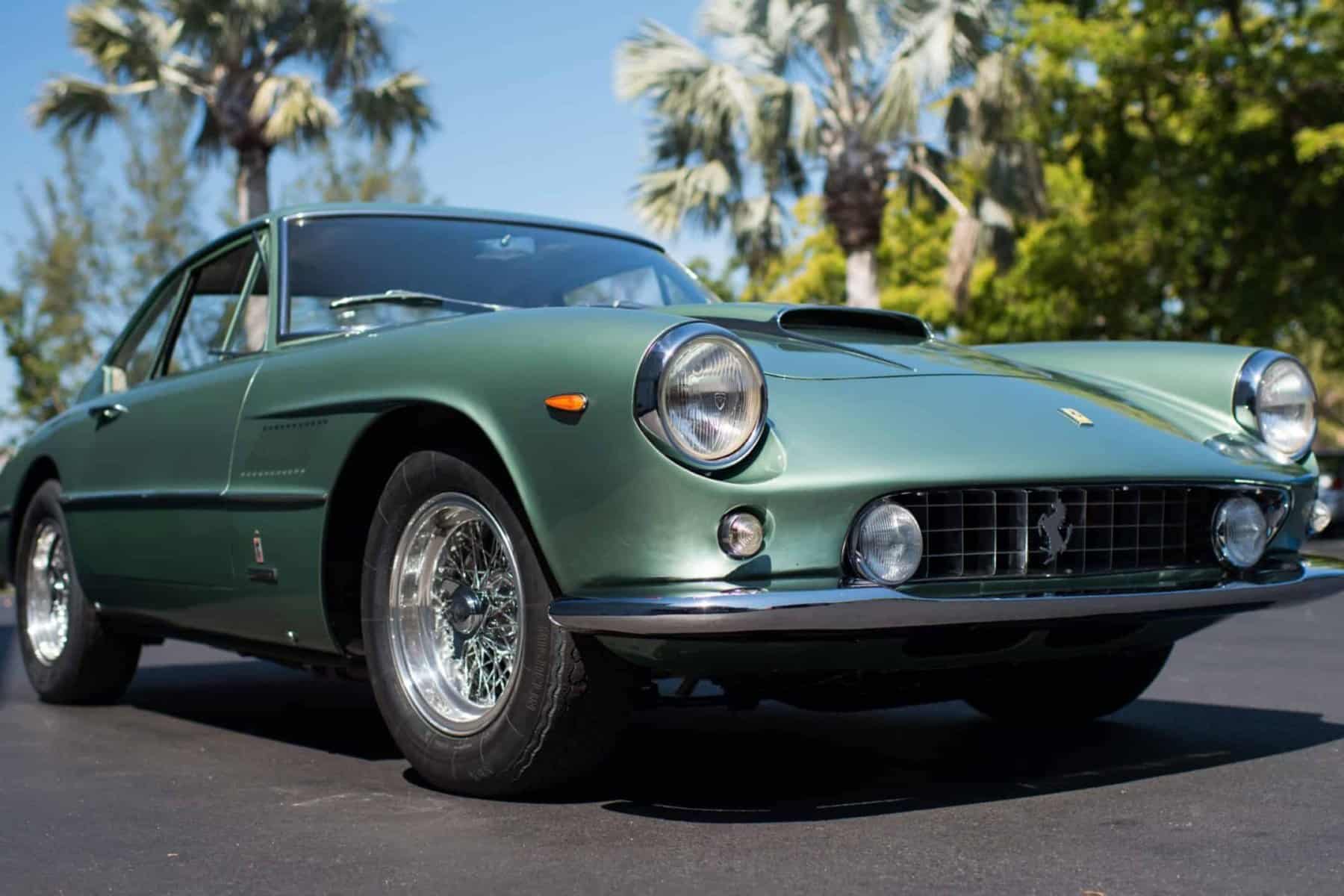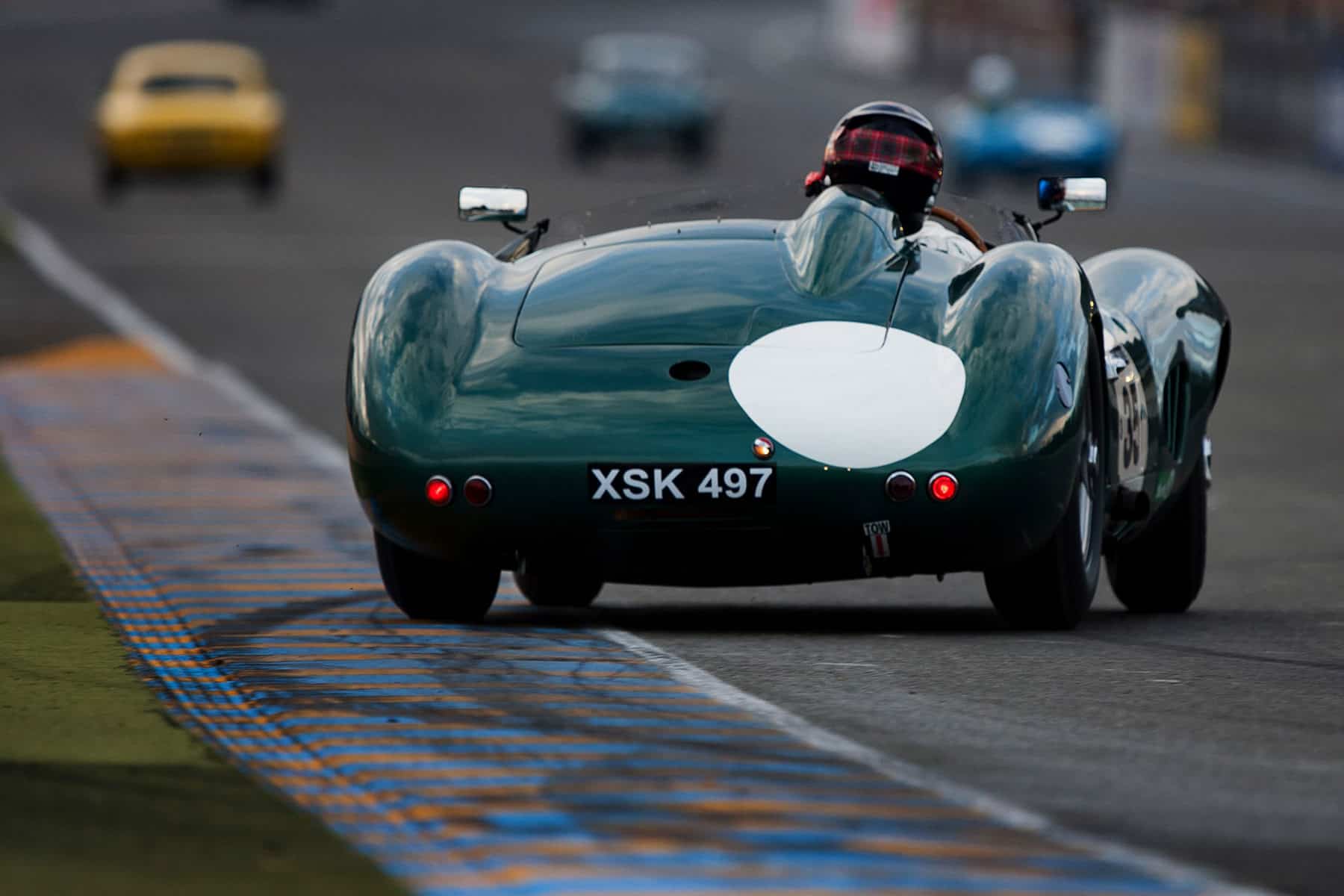
The Le Mans Classic
One of the highlights on the historic motoring calendar
BY: WOUTER MELISSEN
What you should have been reading here is a report on the tenth edition of the biennial Le Mans Classic. Sadly, as the event was postponed, you will have to wait until next July for the report. Instead, we will take a look at how and why the event has grown to be one of the absolute highlights on the historic motoring calendar, and has gone from thirty thousand spectators in 2002 to the approximately two hundred thousand that were expected in 2020.
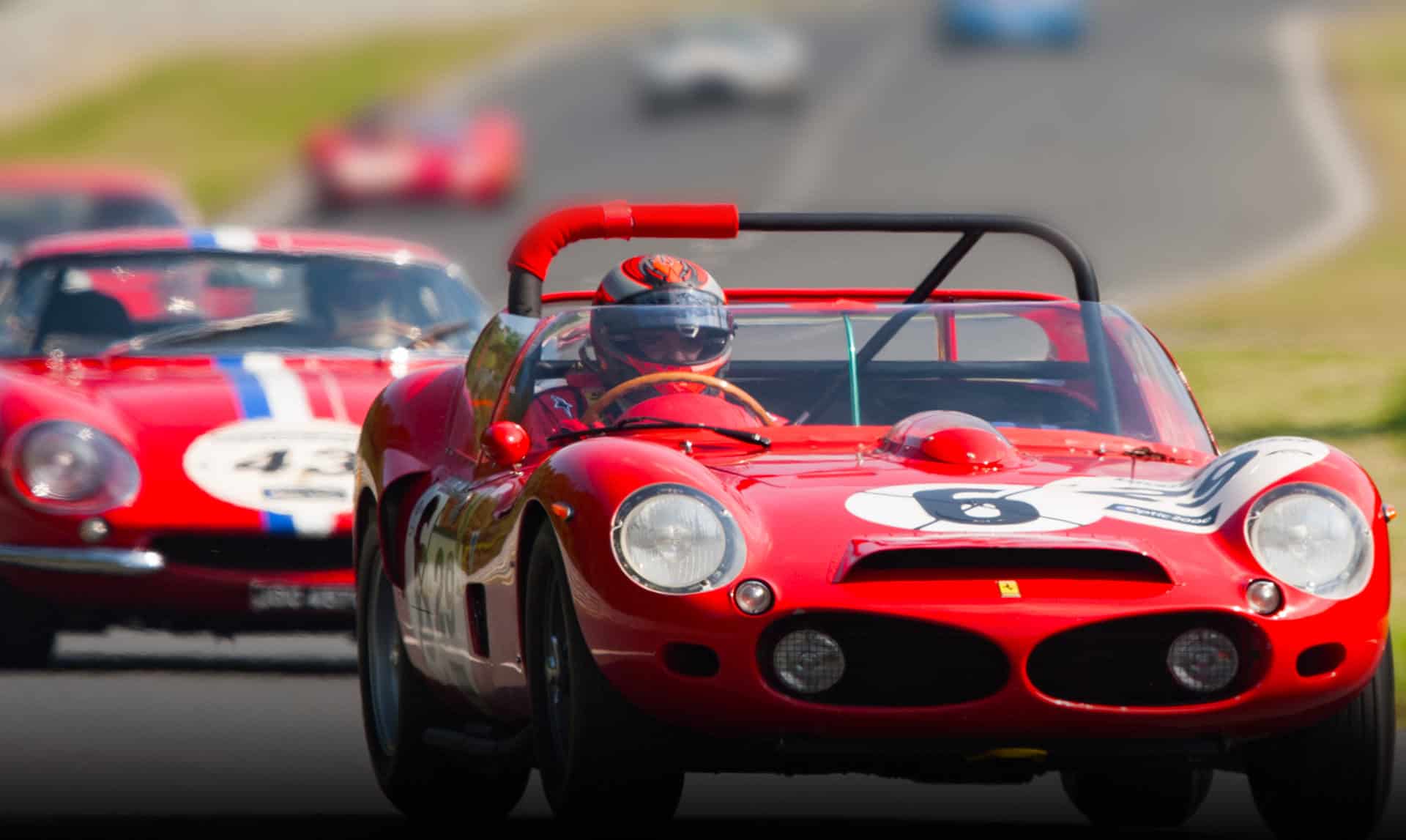
The event is the brainchild of Patrick Peter, whose Peter Auto already organized the Tour Auto retrospective and also ran the Ferrari Shell Historical Challenge for Ferrari. He explains: “The 24 Heures du Mans is one of the biggest car events of the world, and it seemed obvious for me to want to create an historical retrospective of this event.” Peter suggested this idea to Le Mans organizers, the Automobile Club de l’Ouest, during the 24 Hours in 2001, which featured the Shell Historic Challenge as a very popular support race.
One of the main draws of the 24 Hours of Le Mans is that the race is run largely on public roads. Some modifications have been made over the years for safety’s sake, but the track’s character has been preserved. While most street circuits still in use are tight and twisty, Le Mans stands out as having very long straights. It is among the reasons Chris MacAllister, an American veteran of many editions of both the 24 Hours and Le Mans Classic, says: “Le Mans is special, as it gives me the chance to put my car at top speed three times a lap. Nowhere else in the world can one do this. Plus, the history and tradition of Le Mans is like Indianapolis, my hometown.”

Closing off the 8.4-mile track takes quite an effort, so in 1965 a smaller circuit was built that incorporated the last corner, the start-finish straight, and the first couple of corners of the original track. Dubbed the Bugatti Circuit, after Ettore Bugatti, this permanent track offered the ACO the opportunity to run more events during the year. Before the first Le Mans Classic, it was suggested that the Bugatti Circuit should be used, but Peter disagreed. “In my opinion, Le Mans Classic should absolutely take place on the big circuit, but most of my interlocutors at the time advised me to organize it on the Bugatti circuit, which was easier to use and above all much less expensive.”
Peter kept his foot down and during the first weekend of September 2002, the inaugural Le Mans Classic was held on the full circuit. Just like the 24 Hours, the event ran through the night. Open to cars that raced at Le Mans from 1923 through 1971, the three hundred-strong field was split in five grids separated by age. Peter explains this was done to preserve the cars: “An endurance race would be much too demanding for the majority of cars that shone here in the past, so they’re divided up into five grids.” During a 24-hour period each grid would race three times for around forty-five minutes, so the competitors would experience all the different conditions Le Mans has to offer.
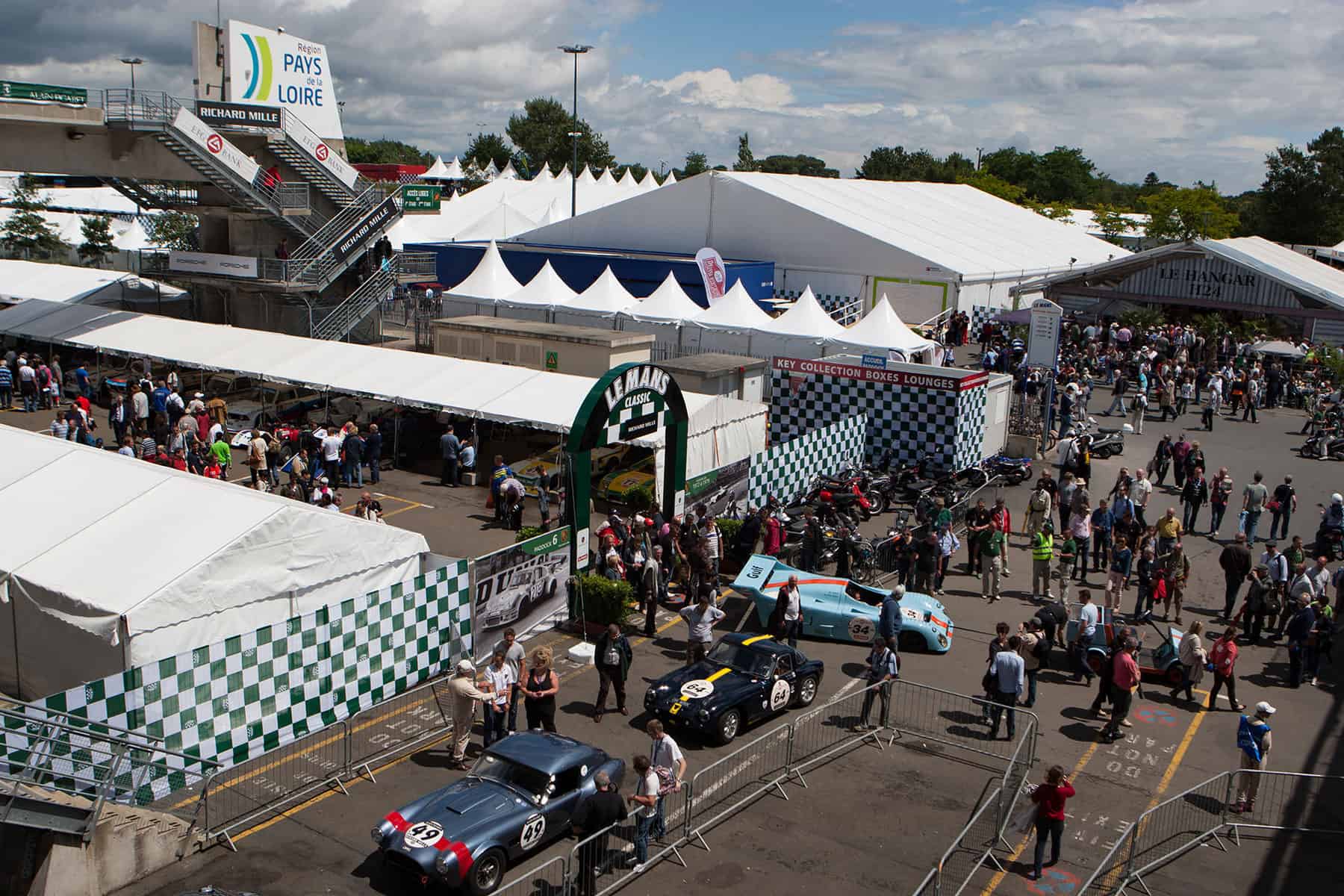
In addition to the action on track, the spectators could also enjoy many activities in the “village” that had been built in the track’s infield. There was room for numerous vendors of anything car-related, ranging from rare spare parts to the latest books. The rest of the space was filled with enthusiast clubs, whose members brought about two thousand cars to display. Spectators also had the opportunity to admire the cars up close in the paddock and when they lined up for each session. These interactions have always been a highlight for the drivers, as Swiss racer Yves Scemama explains: “The crowd in general is awesome, particularly when I’m driving to the grid and returning from the track.”
There was universal praise at the end of the two-day event, but using the full circuit left its marks, as Peter remembers: “On Sunday evening, we noted a catastrophic financial result.” The shortfall was more than compensated by the response of the competitors, who made Peter promise to stage the race again as soon as possible. That turned out to be in 2004; since then, the Le Mans Classic has been organized every other year. Over the years, an extra grid was added, as were several support races. Peter’s expectations for 2020 were high. “We planned for eight hundred racing cars, eight thousand cars of Clubs and more than two hundred thousand spectators.”
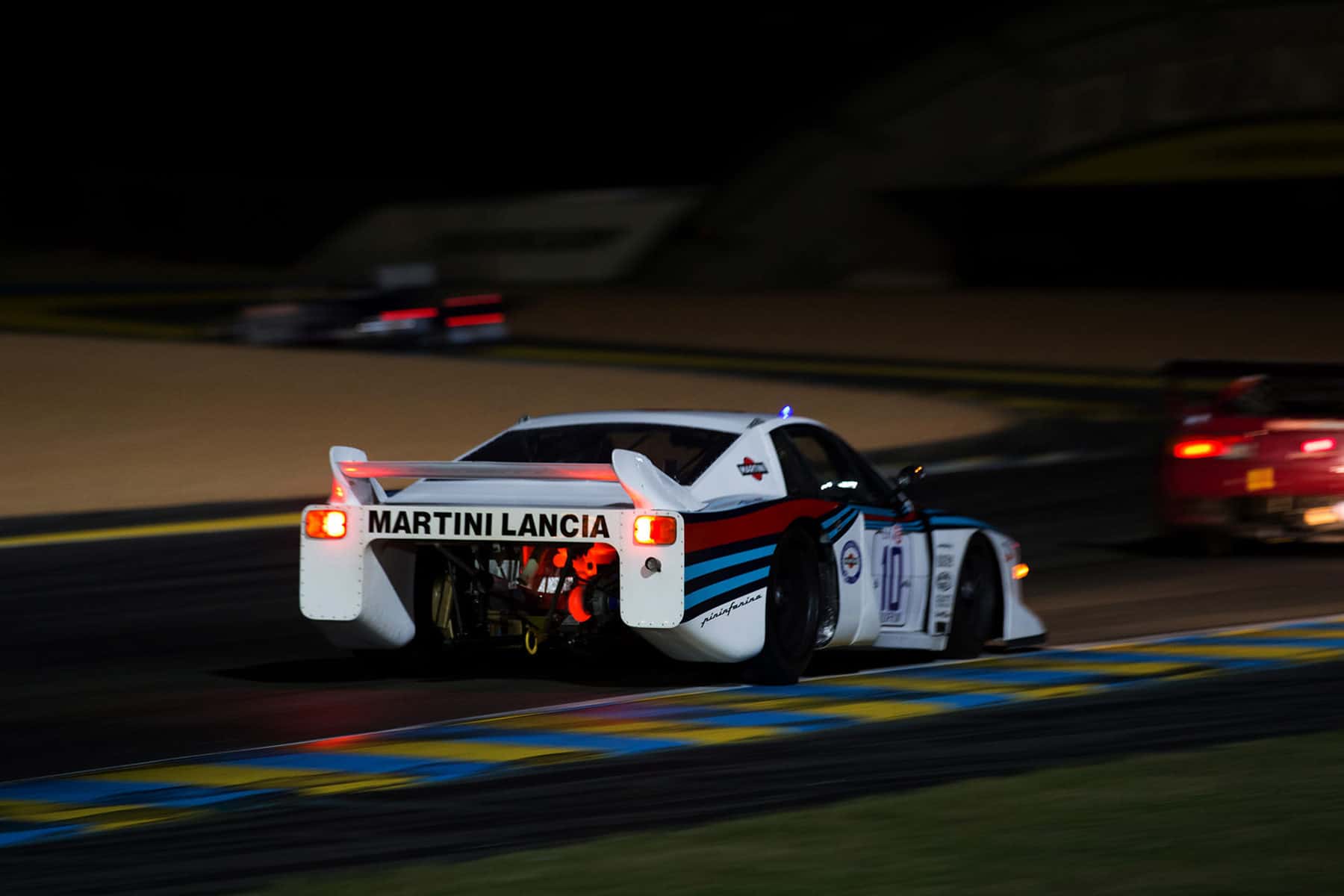
The draw of racing on the full Le Mans circuit has attracted collectors from around the world throughout the years, often bringing out very special cars. We have been treated to many outright winners, such as the Ford GT40 Mk2 that scored the “Blue Oval’s” first win at Le Mans in 1966 and was back out to race in 2018. Among the other Le Mans Classic veterans are the 1959 winning Aston Martin DBR1; the 1962 Ferrari 330 TRI LM, which was the last front-engine winner of the race; and the Porsche 936 that won in 1977 and is the only 936 in private hands. Including the support races, the field in the last edition of the race spanned Le Mans’ history from 1923 to 2010.
For some, the Olympic Creed applies here, but for others, winning is at least as important as participating – MacAllister and Scemama certainly fit in the latter category. They both compete in Grid 6 (1972 – 1981) and go head-to-head in Cosworth DFV V8 engined machines; a 1972 Mirage M6 and a 1976 TOJ SC304 respectively. Both are winners as well, MacAllister in 2014 and Scemama in 2018. Scemama on his 2018 victory: “Winning in the last Le Mans Classic was just incredible, I am still giddy thinking about it.”
As with the 24 Hours of Le Mans, scoring a victory is far from straightforward. It took MacAllister quite a few attempts. “For the first five editions I raced at Le Mans Classic, the car failed. Wheel bearings, engine, water pump, cracked headers, metering unit, all sorts of trouble. Once Neil Brown arrived and we had a couple Classics under our belt, the reliability came. There is no substitute for an excellent mechanic and excellent preparation. Plus a sensitive driver who understands the car and treats her well.” Scemama concurs and explains what is crucial: “Being rested when arriving and having the best team and mechanics taking care of the car. The car ran absolutely flawlessly.”
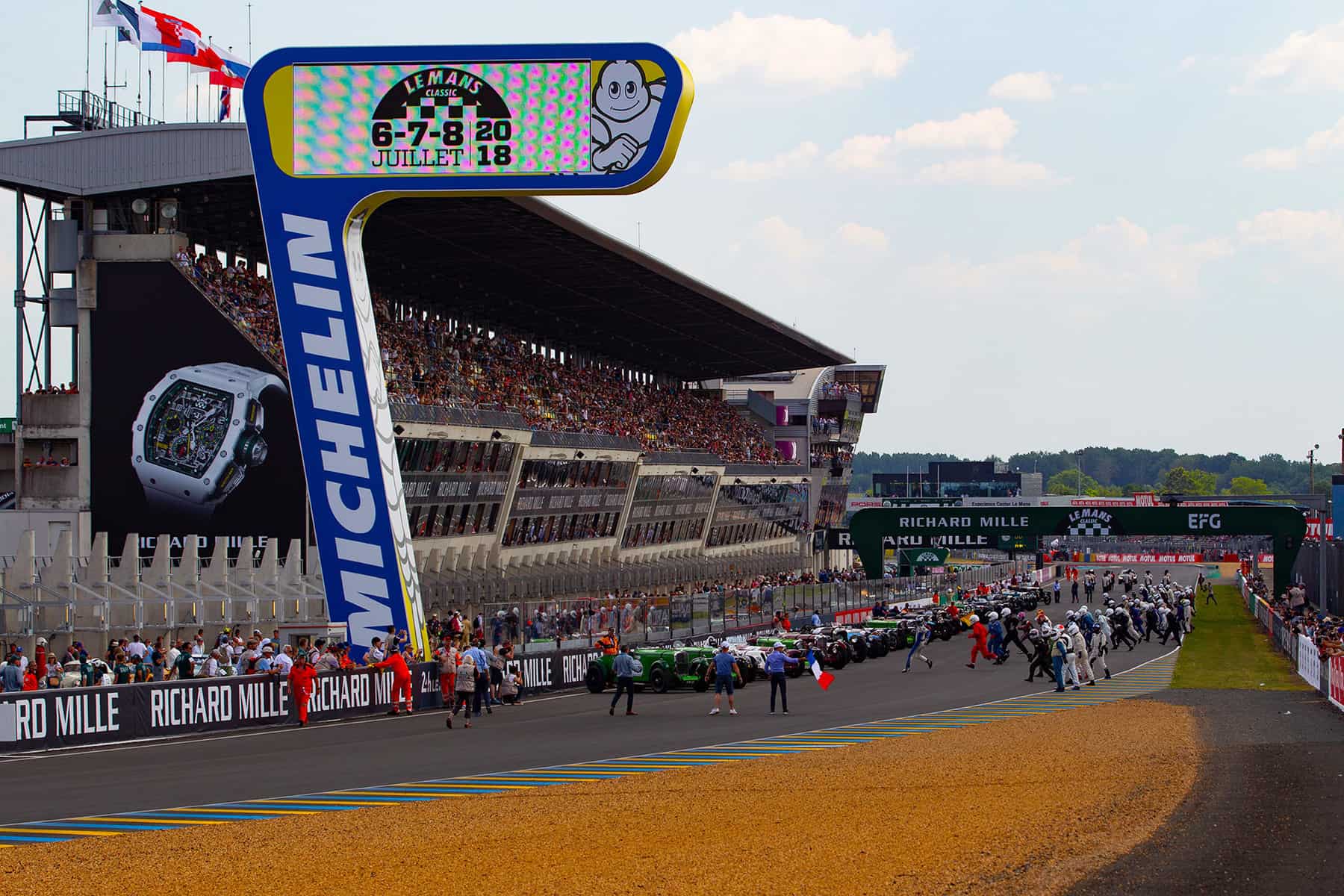
Racing at Le Mans is also unique, as the track combines some quick sections with three long straights, some very tight corners and chicanes, but also the high-speed Porsche curves. These were not originally part of the track, but were added in 1972 to slow the cars down slightly when arriving back at the start-finish straight. The very fast right- and left-hand sweepers are the most challenging parts of the track and truly separate the men from the boys. For Scemama, the Porsche Curves part is his favorite: “It takes some commitment to not slow the car down too much when getting in there. If approached at the right speed, it is super to flow through the esses.”
Another challenge for the competitors is the traffic. Each grid consists of about seventy cars with considerable speed differences between them. This not only comes down to the performance levels of the car, but also to the different levels of talent and commitment among the drivers. MacAllister’s approach? “I take it one car at a time! Each car I pass is an individual challenge to see how quickly I can get around it without putting either car at risk. Patience is very important. One has to pick one’s passing places, not rush them.”

The final hurdle at Le Mans is driving at night, which brings its own challenges. The sections of the track around the start-finish straight are well-lit, but on the public road sections, there is very little in the way of lighting. Having plenty of experience, Scemama says: “Night driving is always the same — once in the groove it is great. It’s the initial first couple of laps that are daunting.” Starting on pole position during the night races in 2016 and 2018 made things a little more complicated for Scemama: “When on pole, there is nobody in front to give an idea of the path and our two period-correct headlights are just not of any use at 300 kilometers per hour.”
By capturing all the elements that have made the 24 Hours of Le Mans such a legendary event and then bringing back all the great machines that raced in it from 1923 onward, Peter Auto has created a very visceral and addictive history lesson. Patrick Peter realized he was on to something that Sunday evening in September of 2002: “We understood that this event was going to experience a strong development because of the enthusiasm it aroused, but we did not think that this development would continue as long and as strongly until this day.”
The date for the tenth edition is July 1-4, 2021, so there is still plenty of time to get your travel arrangements sorted. If coming over is not possible, you can, of course, read all about it here.



